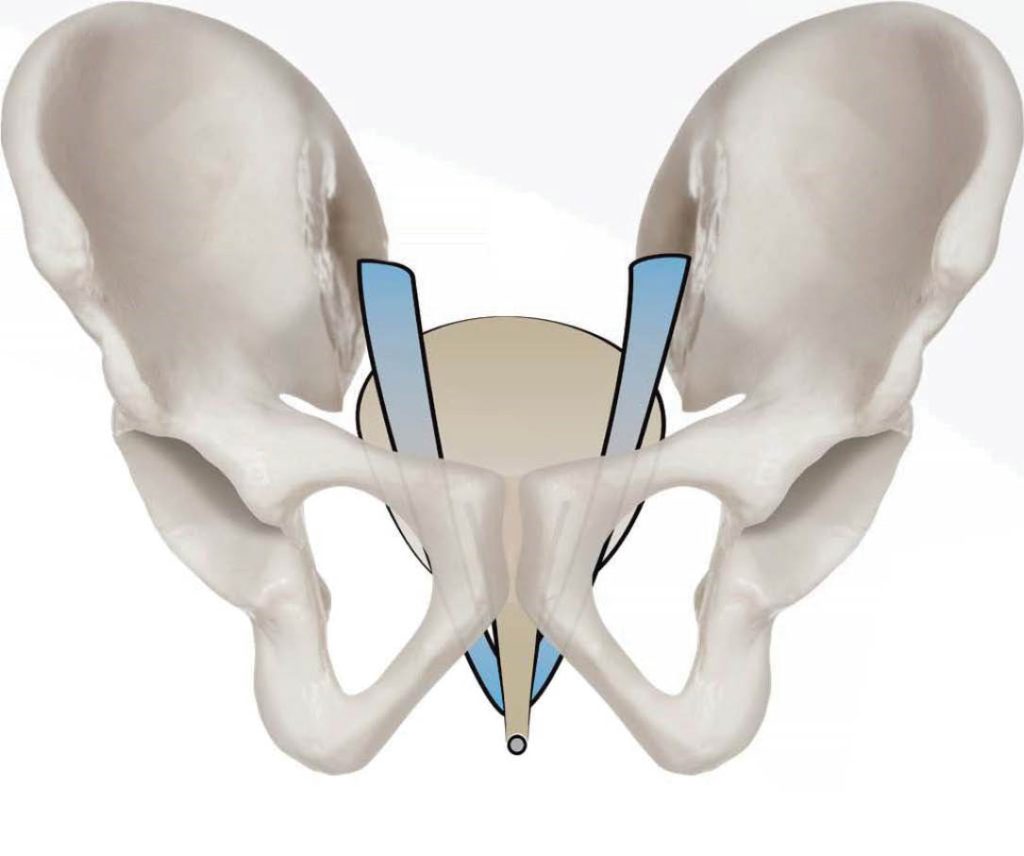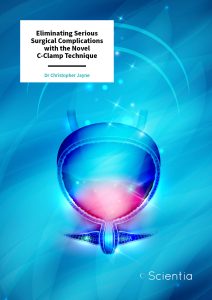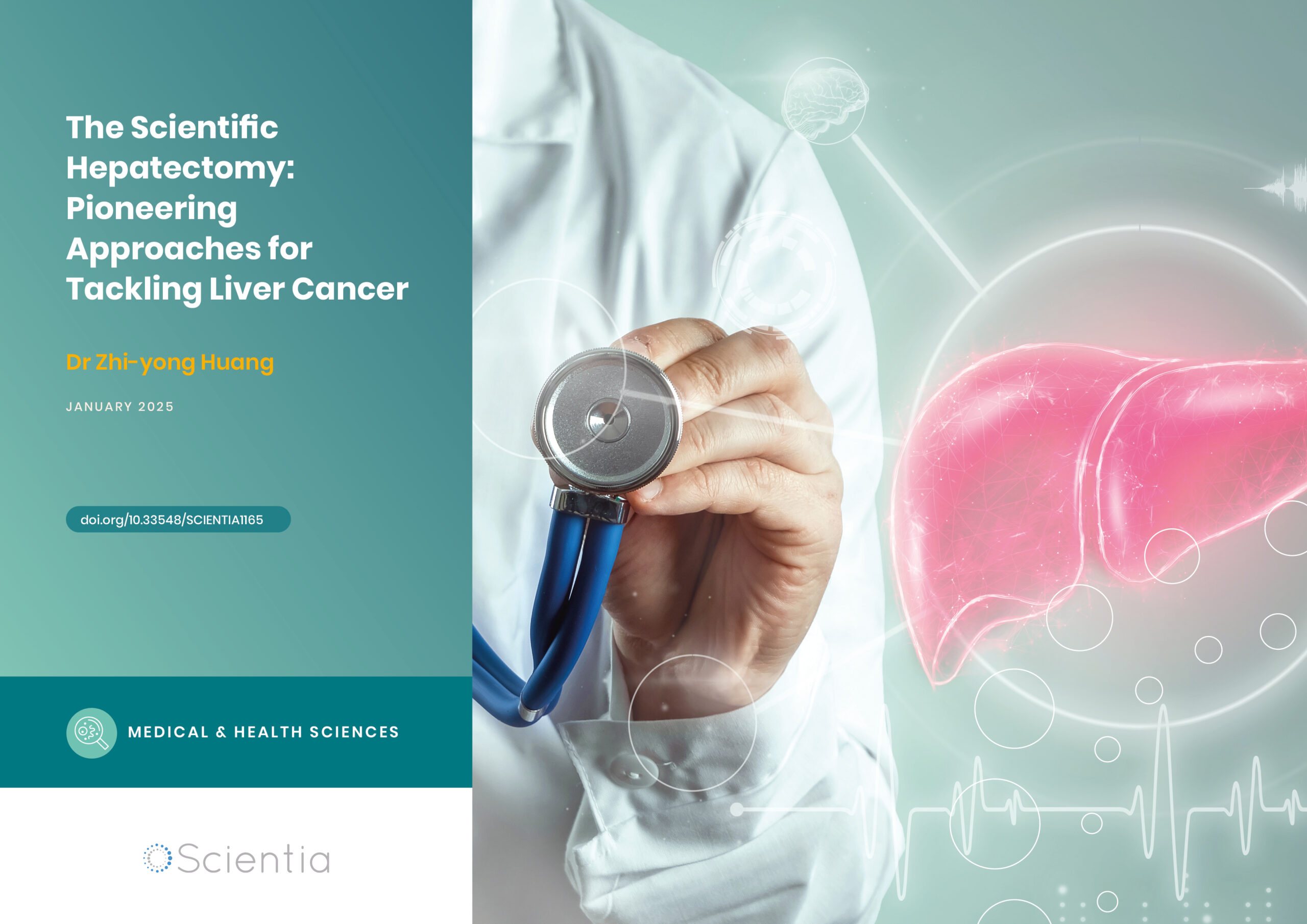Dr Christopher Jayne | Eliminating Serious Surgical Complications with the Novel C-Clamp Technique
Surgical procedures to treat urinary incontinence come with risks, and complications can include injury to the bladder, urethra, intestines, haemorrhage (bleeding), and urinary retention. Dr Christopher Jayne, founder of Greater Houston Urogyn in Houston, Texas, specialises in urogynecology and reconstructive pelvic surgery and is an expert in the surgical management of stress urinary incontinence in women. He works tirelessly to optimise the safety and efficacy of these surgical procedures by pioneering novel surgical techniques.
A Very Common Problem
Urinary incontinence is a common problem in women. It affects around half of all women at some point in their lives. Unsurprisingly, it can significantly affect their physical and mental health, impacting many aspects of their daily lives. The most common type of urinary incontinence is stress urinary incontinence (SUI). Women experience urine leaks when the bladder is under pressure, for example, when they laugh, cough or sneeze. In more severe cases, it can happen even when walking around or standing up from a seated position.
SUI occurs due to damage or weakening of the pelvic floor muscles and connective tissue, resulting in loss of pelvic floor support and distortion of normal pelvic anatomy. Specifically, the urethra (the tube connecting the bladder to the outside world) struggles to stay closed due to these changes and stressurinary incontinence results. While childbirth is the leading cause of SUI, other causes include ageing, smoking, obesity, previous pelvic surgery, and connective tissue disorders.
Non-surgical treatments can include dietary and lifestyle modifications, health optimisation, weight loss, and pelvic floor physiotherapy. When these conservative treatments are not effective, surgery is the ultimate treatment.
Support for the Urethra
Synthetic mesh mid-urethral slings are the consensus gold standard surgical treatment for SUI with urethral hypermobility in women. Dr Jayne explains that during this operation, a thin strip of polypropylene mesh is implanted under the mid urethra via a small incision in the vagina and either two small incisions in the suprapubic region of the lower abdomen for a retropubic sling or two small incisions in the inguinal regions lateral to the clitoris for a transobturator sling. The mesh acts like a hammock, correcting the loss of support of the mid urethra, reestablishing the continence mechanism and thus, preventing SUI.
Dr Jayne’s work focuses on the bottom-up retropubic mid-urethral sling. The retropubic approach was the first synthetic mesh mid-urethral sling, described in 1996. Although this approach is associated with the highest success rates in treating SUI, it is associated with injury to the bladder, urethra, and intestines when placing the sling. It is also associated with incomplete bladder emptying and mesh exposure in the vagina after placement. In an attempt to mitigate these complications, techniques to avoid the retropubic space were developed for placing the sling. Unfortunately, none of these techniques have eliminated complications, and none are as effective in treating SUI as the retropubic approach.
Dr Jayne notes that the evidence in the medical literature suggests that retropubic synthetic mesh mid-urethral slings are more effective and less expensive over an individual’s lifetime than alternative techniques. He argues that, unfortunately, many surgeons choose alternative sling placement options, with lower cure rates that are more likely to require repeat surgery later, due to the perceived decreased risk of bladder injury and other complications.

Image is the property of and provided by Caldera Medical, Inc
The C-Clamp Technique
Dr Jayne developed the C-clamp technique in 2009 to address the critical factors believed to contribute to bladder and urethral injuries, as well as urinary retention rates, using the bottom-up retropubic approach. His goal was to eliminate these complications with a standardised, reproducible technique. He feels that if accomplished, the C-clamp technique could become the standard of care for implanting bottom-up retropubic slings and be universally adopted by the surgical community. If his success was reproducible and adopted, the best approach (retropubic) would be used on all patients.
The technique involves mobilising vital structures such as the vagina, bladder, and urethra to place and adjust the sling at the mid-urethra eliminating the risk of complications. The name is derived from the shape the surgeon’s hand makes to guide the trochar (a medical device used in the surgery) through the retropubic space when placing the sling.
He explains that despite the synthetic mesh mid-urethral sling being the most published gynaecological surgery in the history of Western medicine, there were no publications that describe a standardised approach and technique, and no study reporting zero complications. To overcome this, Dr Jayne published his simple and reproducible step-by-step instructions for the C-clamp technique.
Eliminating Bladder Injury
In 2023, Dr Jayne’s publication reported no urethral or bladder injury using the C-clamp technique. His team searched all the medical records of his patients who had undergone the bottom-up retropubic synthetic mesh mid-urethral sling using the C-clamp technique between April 2012 and June 2022. Two hundred and one cases were identified and carefully reviewed. Regardless of a number of factors, such as age, weight, prior gynaecological surgery or C-section, the C-clamp technique resulted in a bladder or urethral injury rate of an impressive 0%. Anecdotally, he reports no patient in his series had an intestinal injury or post-operative urinary retention. He adds that the cases reviewed fairly represented women requiring surgical treatment for SUI.
Dr Jayne concluded that regardless of a number of factors, such as age, weight, prior gynaecological surgery or C-section, the C-clamp technique resulted in no complications and this is why he feels the C-clamp technique should be adopted as the technique of choice for implanting a retropubic synthetic mesh mid-urethral sling. Since the available data suggest that the retropubic approach has better long-term efficacy and is more cost-effective than other approaches, he hopes to remove deterrents to its use with the utilisation of the C-clamp technique.
The Future of the C-Clamp Technique
Dr Jayne notes some limitations of this work, the main ones being that most of the slings used were from one particular manufacturer and that he was the only implanting surgeon. He suggests that further evaluation of the C-clamp technique with different surgeons and other brands of retropubic slings is required. He adds that long-term data about outcomes following the procedure could also help support his novel technique as the gold standard. If these data support his findings, he feels the C-clamp technique could become the standard practice for bottom-up retropubic synthetic mesh mid-urethral sling placement.
Eliminating the risk of bladder and urethral injury during sling placement to treat SUI brings peace of mind to both patient and surgeon. Dr Jayne’s pioneering work certainly offers new hopes for treating this widespread condition, which can severely impact the everyday lives of women all over the world.
SHARE
DOWNLOAD E-BOOK
REFERENCE
https://doi.org/10.33548/SCIENTIA972
MEET THE RESEARCHER

Dr Christopher J. Jayne, MD, FACOG, URPS, MIGS
Urogynaecology and Advanced Gynaecologic Surgery
Greater Houston Urogyn
Houston, TX
USA
Dr Christopher Jayne received his BSc with honors from the State University of New York at Albany and his medical degree with honors from the State University of New York Buffalo School of Medicine. He completed his residency in Obstetrics and Gynaecology at Baylor College of Medicine. After serving in the United States Air Force, where he rose to the rank of Major, he founded the Centre for Women’s Sexual Health in Houston, focusing on research and treatment of women’s sexual health and pelvic pain. He went on to complete a fellowship in Female Urology and Voiding Dysfunction at the Scott Department of Urology at Baylor College of Medicine and Vanguard Urologic Institute in Houston. Dr Jayne founded Greater Houston Urogyn, focusing on Urogynaecology and minimally invasive complicated gynaecological surgery. Dr Jayne is uniquely qualified and is the only physician in the world fellowship trained and certified in Obstetrics and Gynecology, Urogynecology and Reconstructive Pelvic Surgery, Minimally Invasive Gynecologic Surgery, and Sexual Health. Dr Jayne is the former Director of the Rodney A. Appell Center for Continence and Voiding Dysfunction at the Vanguard Urologic Institute and a former Assistant Professor of Urology at Baylor College of Medicine. Dr Jayne has published extensively on topics related to all his medical certifications and is a reviewer for various medical journals. Dr Jayne has extensive education, training, and experience in the surgical management of urinary incontinence in women and has developed novel procedures to treat women suffering from urinary incontinence. In 2009, Dr Jayne developed the C-clamp technique to treat stress urinary incontinence with urethral hypermobility in women and has published outcomes using the C-clamp technique.
CONTACT
E: cjayne.ghu@gmail.com
W: https://greaterhoustonurogyn.com/
FURTHER READING
CJ Jayne, M Bach, A Odulate-Williams, et al., C-Clamp Technique: A Retrospective Review of a Novel Technique to Prevent Bladder Injury in Retropubic Midurethral Slings, Urogynecology, 2023, 29(2), 28–132. DOI: 10.1097/SPV.0000000000001295
REPUBLISH OUR ARTICLES
We encourage all formats of sharing and republishing of our articles. Whether you want to host on your website, publication or blog, we welcome this. Find out more
Creative Commons Licence (CC BY 4.0)
This work is licensed under a Creative Commons Attribution 4.0 International License. 
What does this mean?
Share: You can copy and redistribute the material in any medium or format
Adapt: You can change, and build upon the material for any purpose, even commercially.
Credit: You must give appropriate credit, provide a link to the license, and indicate if changes were made.
SUBSCRIBE NOW
Follow Us
MORE ARTICLES YOU MAY LIKE
Dr. Petr Kelbich | Investigating Inflammatory Conditions in Extravascular Body Fluids: An Important New Parameter
Diagnosing disorders of the brain and other organs can often feel like solving a challenging puzzle. Analyzing non-blood body fluids provides valuable clues that can help address this complexity. To enhance this process, Dr. Petr Kelbich from Jan Evangelista Purkyně University and Masaryk Hospital in Ústí nad Labem, Czech Republic, introduced an innovative method called Cytological-Energy Analysis.
Professor JoAnne S. Richards | Revealing the Secrets of the Ovary
Professor JoAnne S. Richards conducts her vital research at the Baylor College of Medicine in Houston, Texas, in the USA. For decades she has investigated how certain hormones regulate ovarian function at particular stages of the menstrual cycle, as well as developing new ways to study ovarian cancer. Her work also helps shed new light on common female reproductive health disorders that can affect fertility.
Dr Maka Tsulukidze – Dr David Reardon | After the Loss: Exploring Cardiovascular Risks Linked to Pregnancy Loss
Carrying a pregnancy is associated with numerous health problems, but little is known about the impact of pregnancy loss on heart health. Dr Maka Tsulukidze from the Florida Gulf Coast University, Dr David Reardon, based at the Elliot Institute, and Dr Christopher Craver at the Charlotte Lozier Institute in Arlington, conducted research into the adverse effects of pregnancy loss on heart function and health. In particular, their research focused on the impact of pregnancy loss on the risk of cardiovascular diseases.
Dr Zhi-yong Huang | The Scientific Hepatectomy: Pioneering Approaches for Tackling Liver Cancer
Cancer research is an ever-evolving field of science fuelled by the pressure of the ongoing need to find new approaches to tackle this killer. Dr Zhi-yong Huang is based at the Tongji Medical College at Huazhong University of Science and Technology in China. He works tirelessly to develop novel treatments for diseases of the liver and biliary system, with a particular focus on liver cancer surgery. He has pioneered methods to optimise the treatment of this type of cancer.





